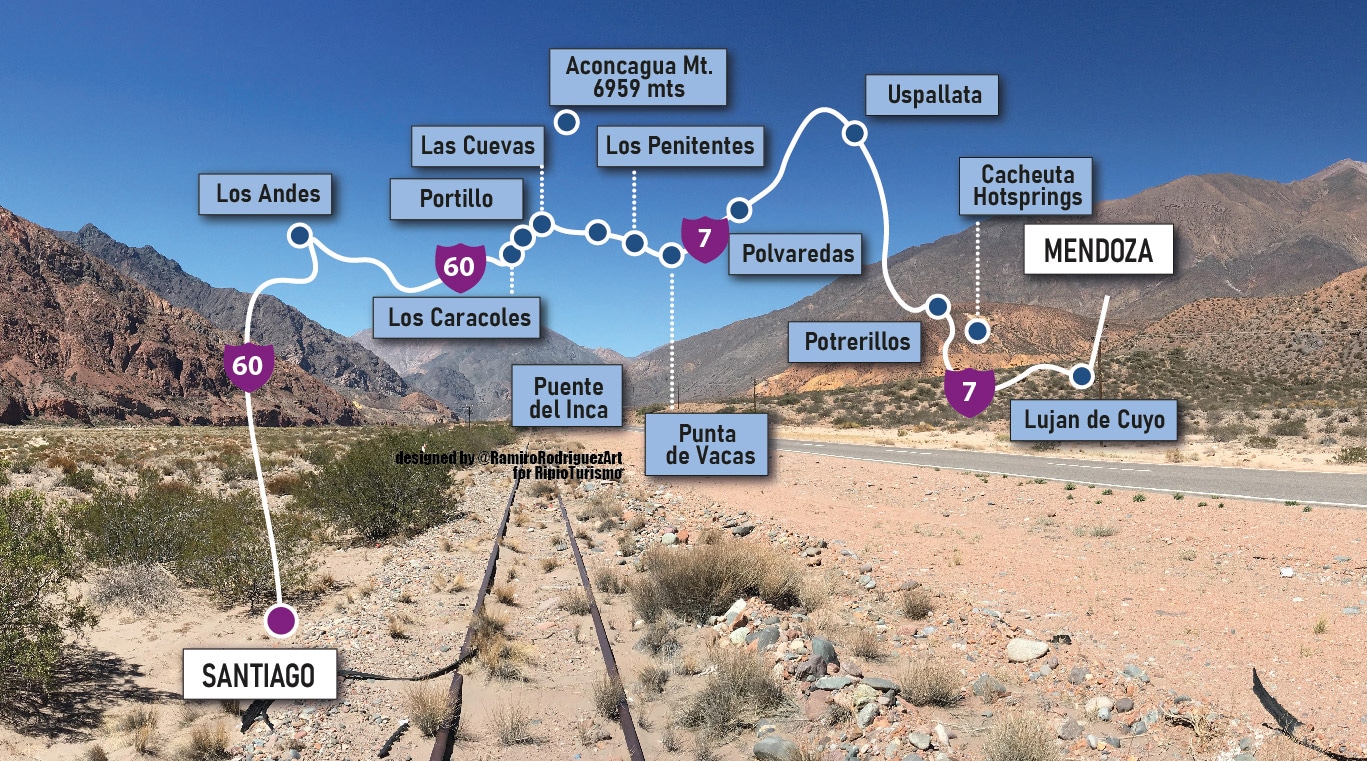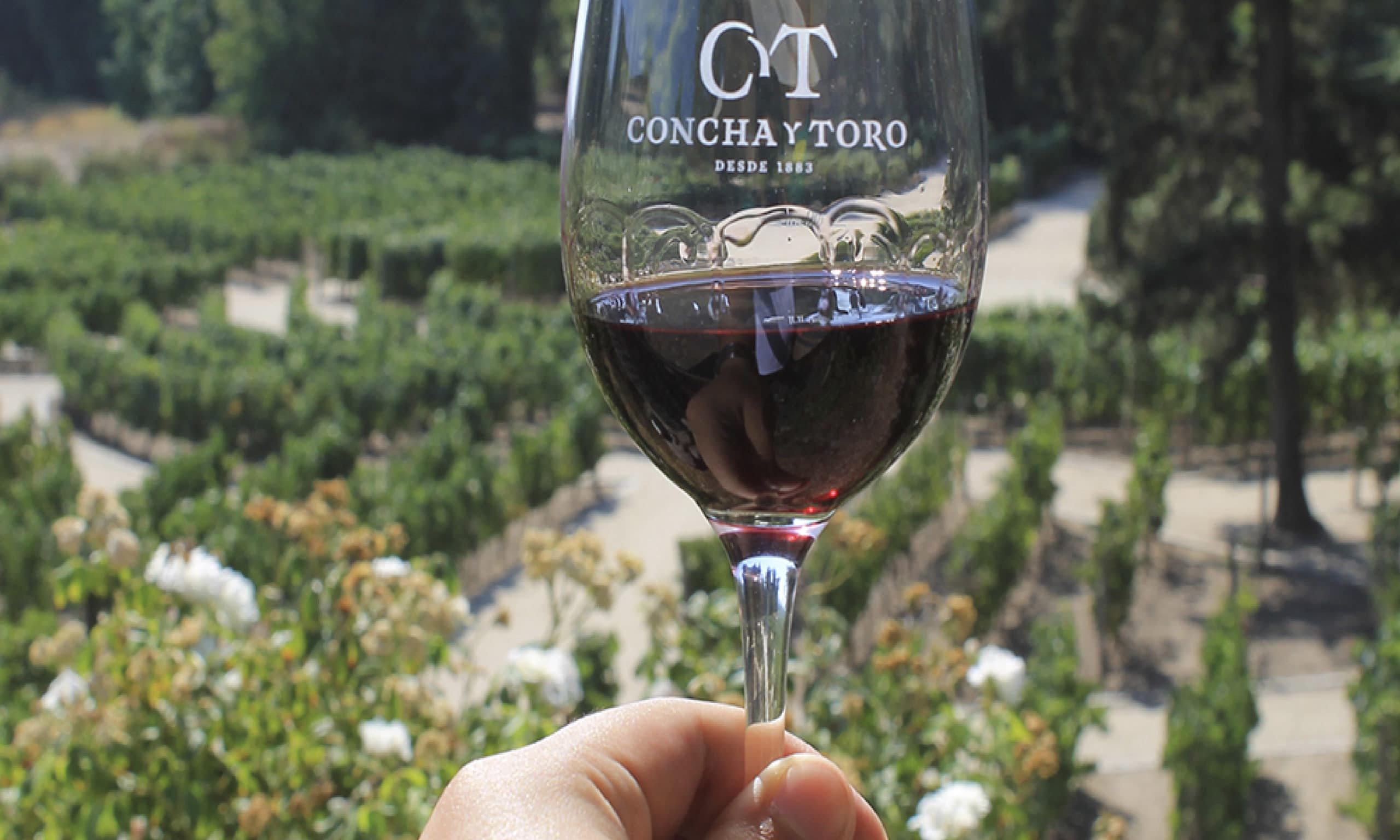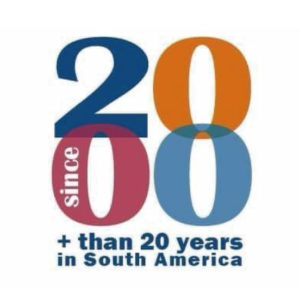Crossing the Andes From Santiago de Chile to Mendoza
There are three ways to travel from Santiago to Mendoza: by bus, car, or plane.
Flying is the fastest option. You’ll enjoy breathtaking views of the Andes mountains from the airplane window. But if you choose to travel by land, whether by car or bus, the journey itself is an incredible experience, thanks to the dramatic landscapes and the route’s unique character.
From Santiago to Mendoza by Bus
The bus ride from Santiago to Mendoza takes around 8 hours, covering a distance of approximately 380 km.
The fastest services take about 6 hours and are operated by:
-
El Rápido Internacional
-
Andesmar
-
O’Higgins Internacional
-
Other regional bus companies
Usually, 8 buses run weekly, though schedules may change on weekends and holidays. It’s recommended to book in advance.
From Santiago to Mendoza by Car
Traveling by car lets you stop and explore along the way, making the road itself part of the adventure.
The route is about 354 km and offers stunning mountain views and natural attractions. It’s one of the most scenic drives in South America and a great way to enjoy crossing the Andes at your own pace.
From Santiago to Mendoza by Air
Flying is the quickest and easiest way. The flight takes around 1 hour, with multiple daily departures from both cities.
The aerial view of the Andes is unforgettable and well worth considering if you’re short on time.
The Route From Santiago to Mendoza
Traveling by land from Santiago to Mendoza is a popular choice for visitors wanting to experience both countries. The two cities are only 380 km apart, and the journey takes about 5 to 6 hours by car.
The main crossing point is the Cristo Redentor International Tunnel, which is the most used overland route between Chile and Argentina. This route is essential for transporting goods between both countries.
If you’re renting a car, you must have:
-
International civil liability insurance (RCI or Mercosur insurance)
-
Coverage for accidents involving third parties, including personal injury and property damage
Key Points of the Drive
-
The international pass is located at 3,200 meters above sea level and 156 km from Santiago.
-
From Santiago, take Route 57 (Los Libertadores Highway) toward Los Andes.
-
Continue along the scenic Los Caracoles road to reach the border.
Along the way, you’ll see stunning views of Aconcagua, the highest mountain in the Americas.
Be cautious when overtaking trucks. The road narrows near the Las Cuevas area, just before reaching Route 7 on the Argentine side, which leads to Mendoza (about 200 km from the border).

Border Crossing Hours
-
Summer (October to March): Open 24 hours
-
Winter (April to September): Open from 8:00 AM to 8:00 PM
Always try to cross during daylight, as night driving on the mountain roads is risky.
Los Libertadores International Pass and Los Caracoles Route
The Paso Internacional Los Libertadores, also called Cristo Redentor, is a key crossing between Argentina and Chile.
This route is known for its:
-
29 sharp switchbacks
-
Steep inclines
-
Stunning mountain views
Road Details
-
Begins 70 km from Santiago and 50 km from Los Andes
-
First 20 curves stretch over 4 km, rising from 2,275 to 2,550 meters
-
The road climbs to 2,650 meters, then
-
9 more zigzags lead to 2,800 meters over 2.5 km
-
5 km more to reach Chilean immigration, followed by 2 km to the summit
At 3,175 meters, a tunnel marks the border with Argentina.
The Cristo Redentor Tunnel, opened in 1980, is:
-
3,080 meters long
-
Often closed in winter due to heavy snow and falling rocks
At the summit (3,840 meters) stands the Christ the Redeemer statue, unveiled in 1904 to celebrate peace between Chile and Argentina.
On the Argentine side, the road is in better condition and less steep, with more tourists stopping to enjoy the views.

Distances From the Border
From the Cristo Redentor border crossing, the distances are:
-
156 km to Santiago
-
215 km to Valparaíso
-
210 km to Viña del Mar
-
70 km to Los Andes
-
207 km to Mendoza
-
15 km to Puente del Inca (Argentina)
Important Information for Crossing the Andes
Winter storms often close the road and border, stranding vehicles for hours or even days. The road is winding with many sharp curves, so drive carefully and follow road signs.
Must-Have Items
Make sure to bring:
-
Snow chains
-
Rope or tow strap
-
Shovel
-
Flashlight
-
Spare wheel
-
Tire tensioners
Before leaving, check:
-
Brakes
-
Engine coolant
-
Tire pressure
-
Windshield wipers
-
Use antifreeze in cold temperatures
Fuel up in Santiago and at every gas station along the route—altitude and wind increase fuel consumption.
Pack:
-
First aid kit
-
Warm clothing
-
Extra food and water
-
High-calorie snacks
-
Sunglasses
These essentials will help if you face delays or emergencies in the cold, remote Andes.
Visiting Santiago? Check Our Best Tours to Enjoy Chile
#353 – Santiago, Atacama Desert & Easter Island – 9 nights 
#351 – Santiago, Torres del Paine and Atacama Desert – 9 nights 
#363 – Santiago, Atacama, Torres del Paine & Skorpios III Cruise – 12 nts 
#360 – Chilean Patagonia and Atacama Desert – 12 nts 
Tours in Chile With Argentina, Peru, and Other Destinations in Chile
A good idea is to combine these places with other destinations in Chile, Argentina or Peru. Check some great options below:
#1052 – From Rio to Santiago via Iguazu, Buenos Aires and Atacama – 18 nts 
#1081 – Colorful Argentina, Chile & Peru – 17 nights 
#1004 – Argentina & Chile in 12 nights – Option IV – 12 nts 
#1090 – The Great tour of South America – 26 nights 
More Tours to Visit Chile
Want to visit Chile? Check our complete list of tours.
For more information, just contact us at info@ripioturismo.com
Thank you!













